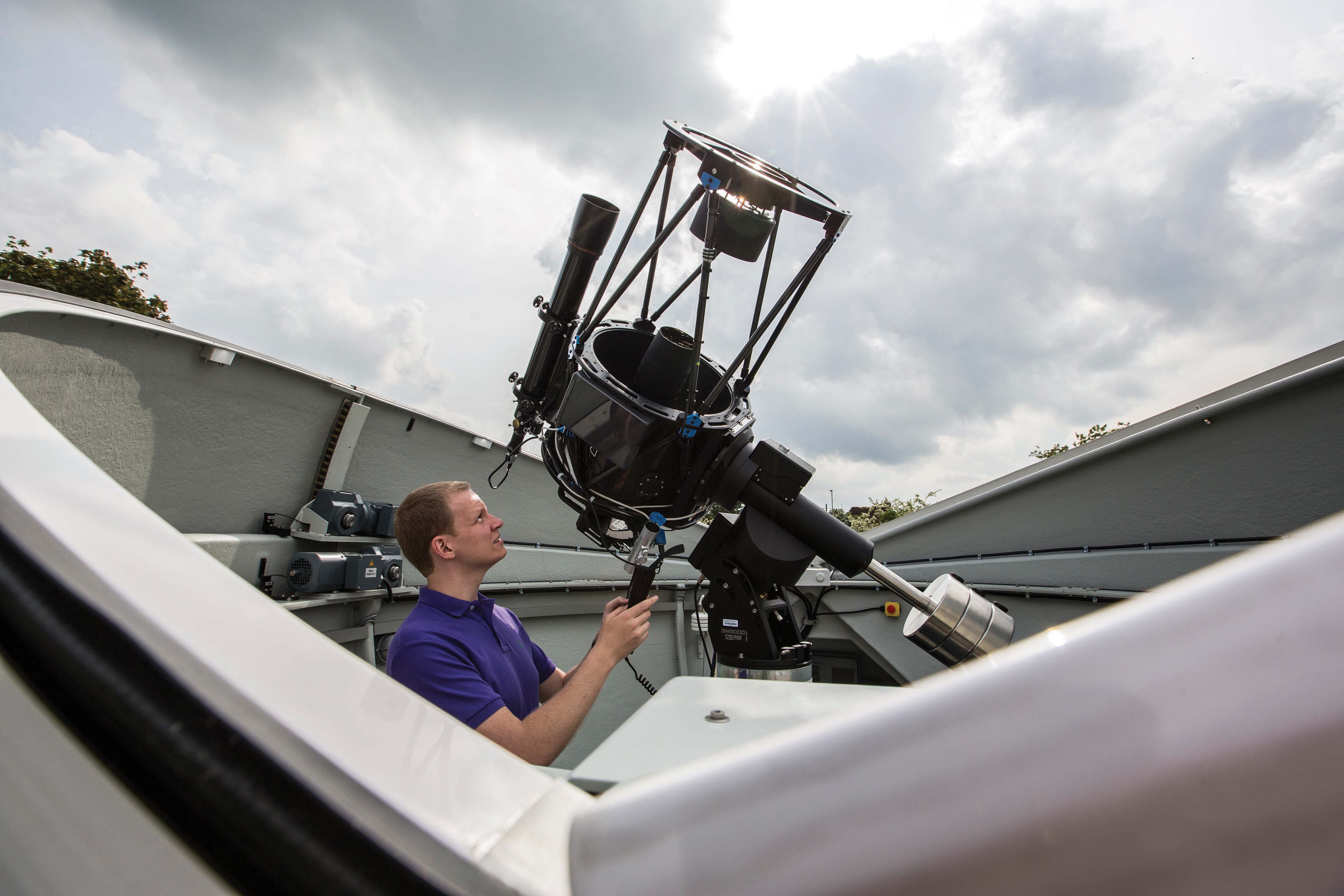But in the years to come there will be much more activity involving lunar science. NASA has a range of lunar missions planned, as do India and potentially China. In the case of NASA, there will be a series of missions which are intended to climax with a new manned landing campaign. The NASA Constellation programme includes a new series of launch vehicles (Ares), a new crew capsule (Orion) and a lunar lander (Altair). Eventually the missions will led to future manned missions to Mars. In the short term however, (2010-2020) the road is to the Moon.
Kent is already involved with the new lunar programmes via participation in a series of NASA led programmes to develop new impact sensors. Why impact sensors? Any long term habitation structures on the lunar surface will be peppered with impacts just like the International Space Station in Earth orbit. There will be no atmosphere on the moon to shield the structures against impacts by small objects. Indeed occasional impacts by larger bodies anywhere on the lunar surface will produce ejecta which will then rain down on the surrounding surface, including the habitats. Protecting the new lunar architecture against impact damage will be a serious design goal for NASA. This requires new sensors which can be embedded in structural materials and give real time readout of the impact flux, and new sensors to be deployed early in the return cycle to monitor and measure the lunar impact flux to aid in the design work. This in turn will be backed up by laboratory testing of new sensors and new structures.
Impact work has already started at a variety of labs in the US and at Kent. We are collaborating with NASA, the US Naval Research Laboratory, US Naval Academy, Virginia Tech. on a series of projects. Using the Kent two stage light gas gun we have conducted 3 series of tests already with more planned.
There are currently 3 main projects:
- DRAGONS (USNA – PI) which is to develop a new impact sensor technology of deployment on satellites (initially in Earth orbit to characterise the orbital debris environment at 800-900km).
- OCE-MMSE (NASA Orbital Debris Programme Office – PI) to develop an impact sensor with acoustic capabilities which can characterise the micrometeoroid environment on the lunar surface and which could be embedded in structures.
- FOMIS (NASA Orbital Debris Programme Office – PI) to develop a large area impact sensor based on a drum like surface which vibrates after impact, to characterise the micrometeoroid environment on the lunar surface.
